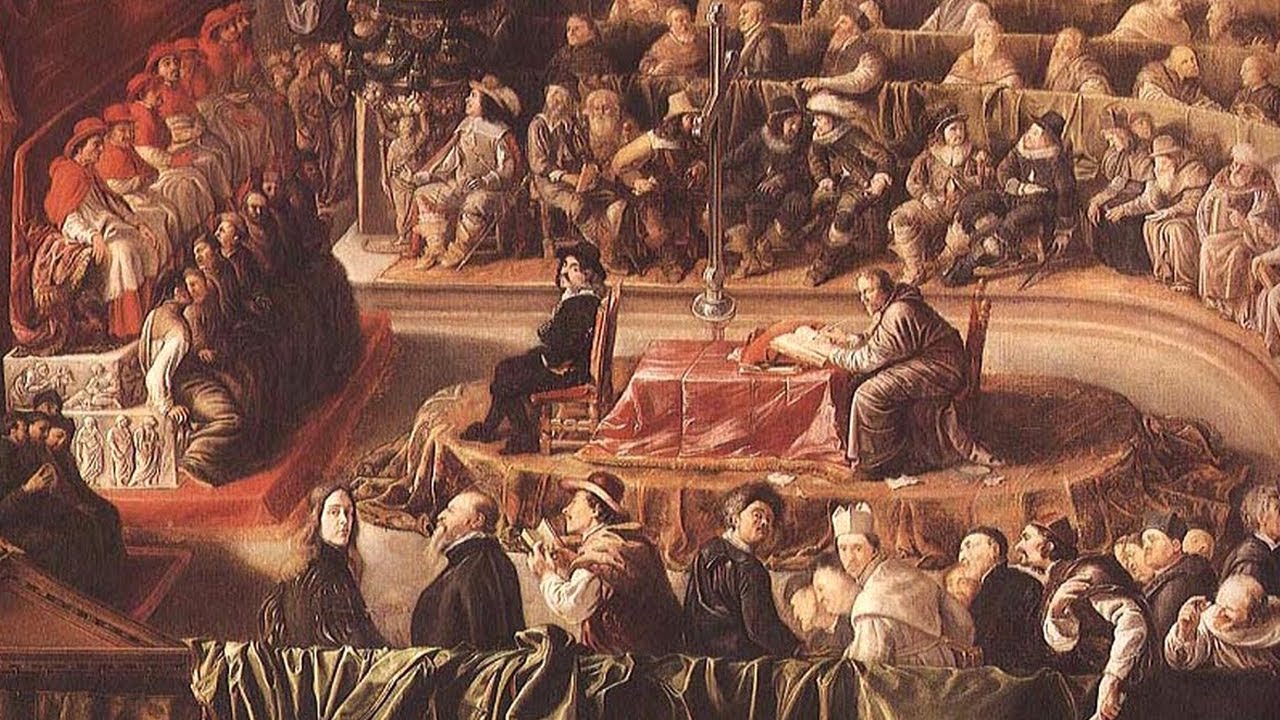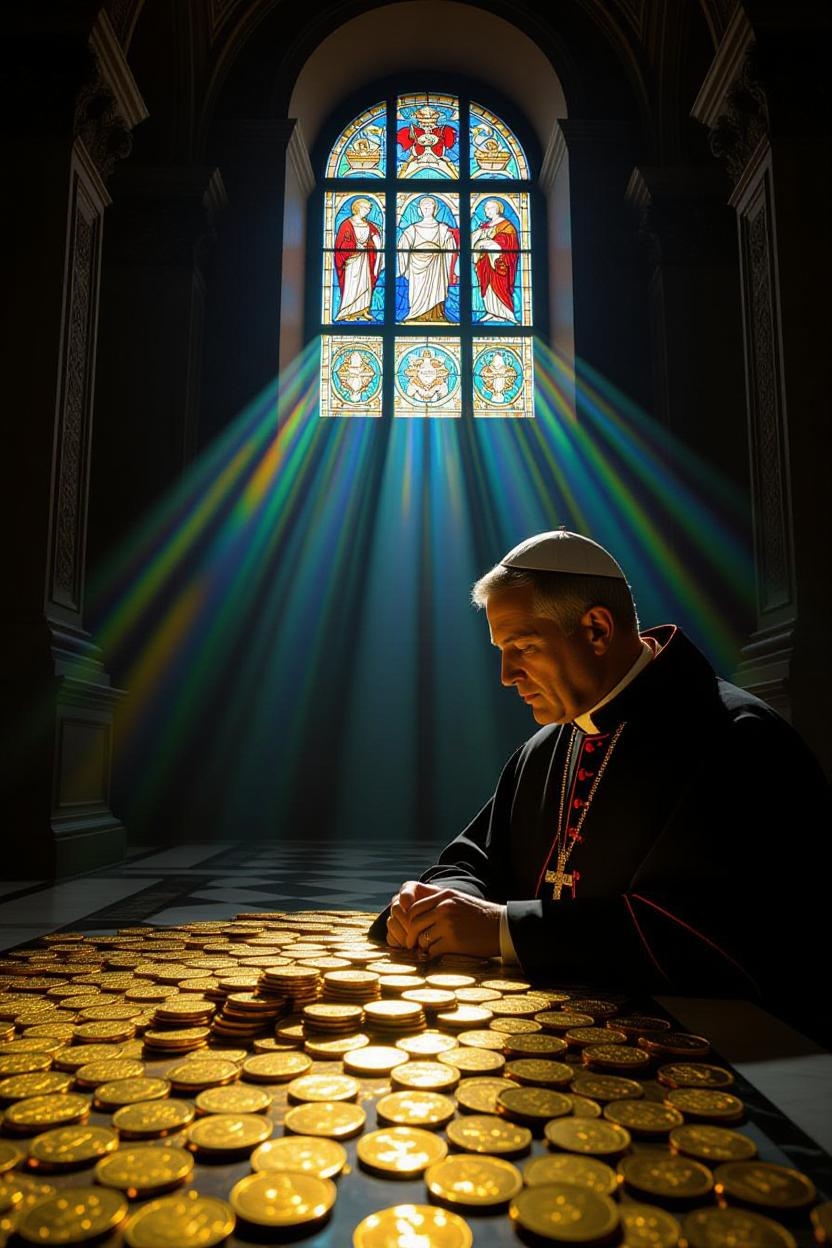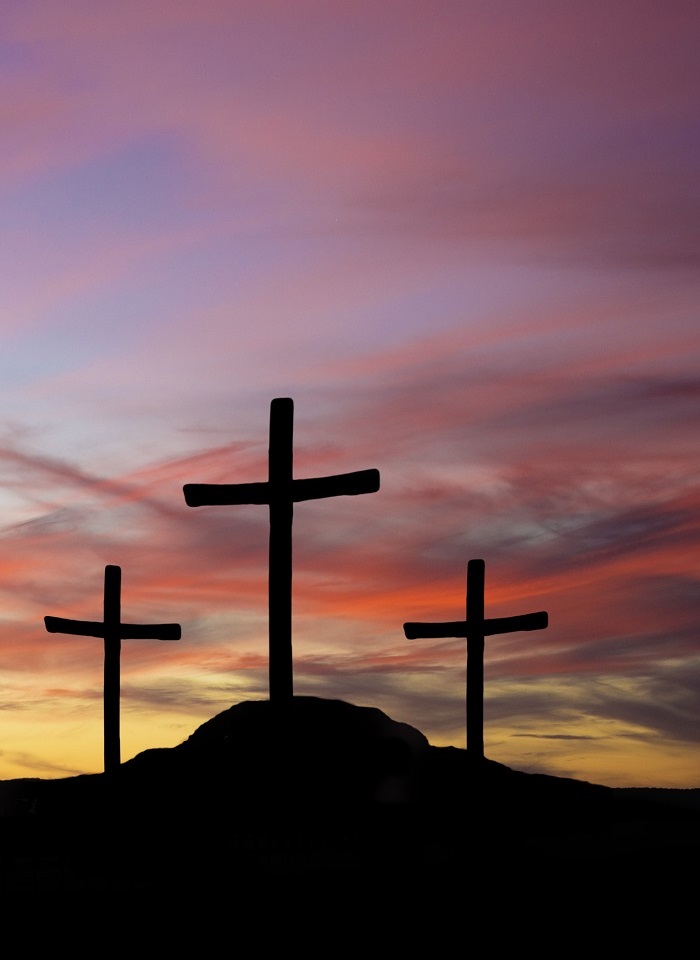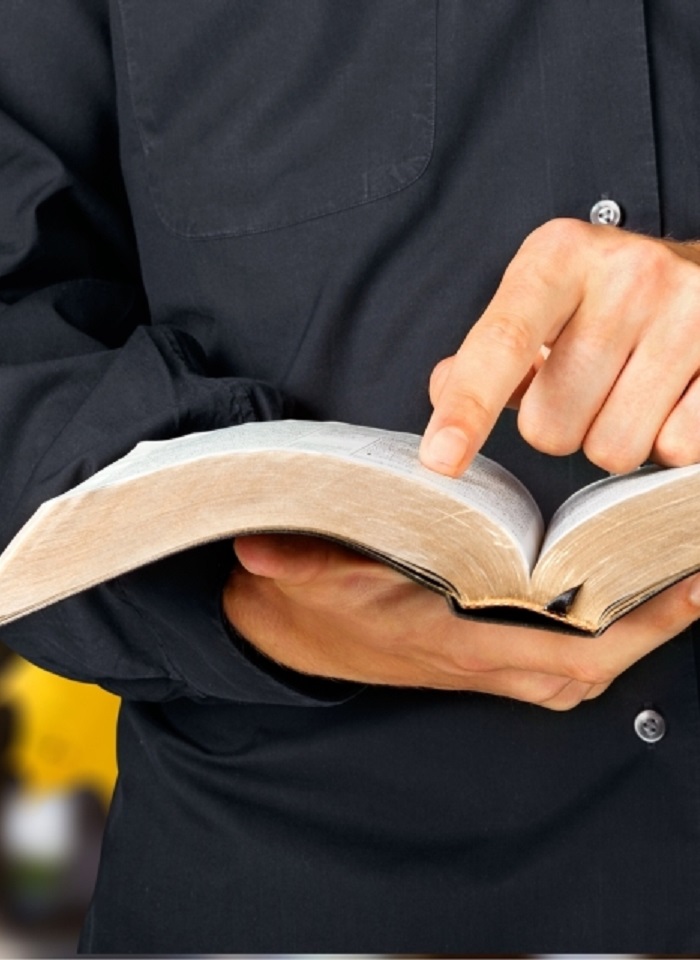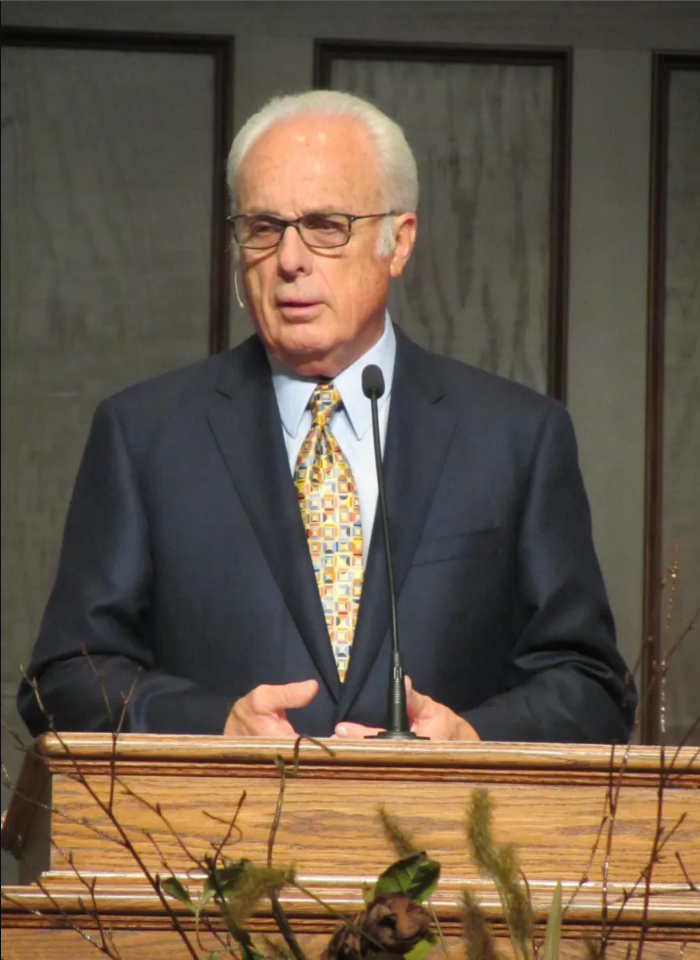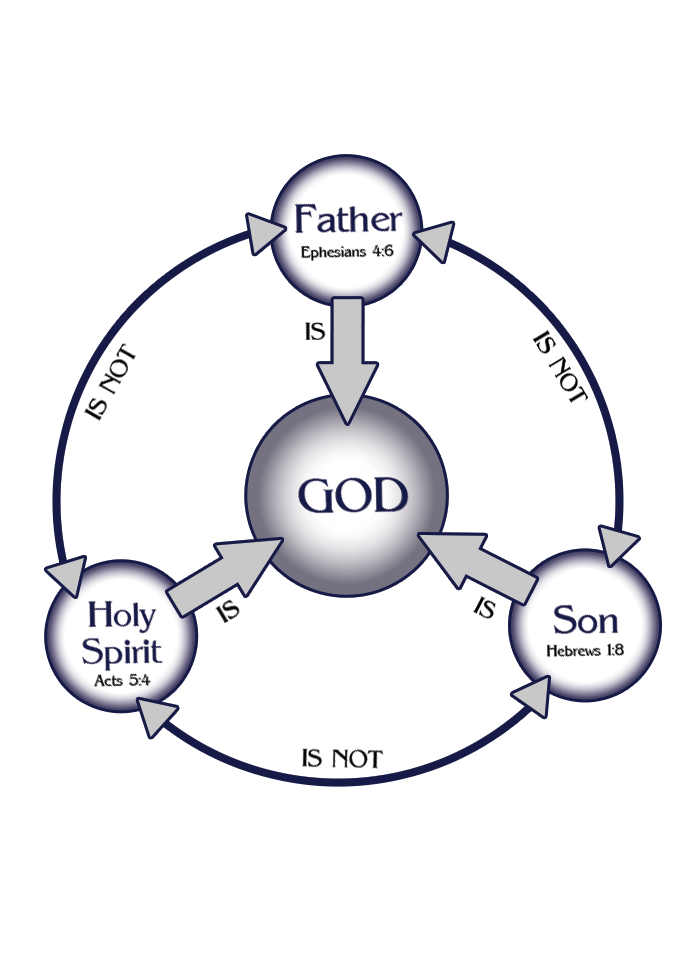Medieval Machinations: Indulgences, Crusades, and the Inquisition (11th–15th Centuries)
The Middle Ages saw the Church's wealth explode through doctrinal innovations and military ventures. Pope Urban II's 1095 call for the First Crusade promised "indulgences"—remission of sins for participants—while extracting vows of financial support. Crusades (1095–1291) raised billions (in modern terms) via taxes like the "Saladin Tithe" (1188), imposed on laity and clergy alike. Returning crusaders funneled spoils—gold, relics, and land—to the Vatican, funding opulent basilicas like St. Peter's.
Indulgences: Selling Salvation
By the 12th century, indulgences evolved into a lucrative racket. Certificates forgiving sins (or those of deceased relatives) were hawked by "pardoners" like Johann Tetzel in the 1510s, who quipped, "As soon as the coin in the coffer rings, the soul from purgatory springs." Proceeds funded papal luxuries, including Pope Leo X's (1513–1521) menagerie of exotic animals and family nepotism. This sparked Martin Luther's 1517 Ninety-Five Theses, protesting the abuse. Historians estimate indulgences generated millions in gold annually, rivaling European monarchies.
The Inquisition: Terror for Treasure
Established in 1231 by Pope Gregory IX, the Inquisition targeted "heretics" like the Cathars and Waldensians. Trials were rigged: victims faced torture until confessing, then "relaxed" to secular authorities for execution—often by burning, with property confiscated to Church coffers. In Spain (1478–1834), the Inquisition seized lands from conversos (Jewish converts), amassing estates worth billions today. Bribes were routine; wealthy suspects could buy leniency, while the poor burned. By 1500, the Church controlled one-third of Spain's arable land through such seizures.
Land Theft and Bribery
Papal bulls like Unam Sanctam (1302) declared the Pope's supremacy over kings, enabling land grabs. In England, Henry VIII's 1534 break from Rome stemmed partly from papal refusal to annul his marriage—itself a bribe-fueled favor system. Earlier, the 1075 Investiture Controversy saw popes bribe emperors for bishopric control, netting vast German estates. The Avignon Papacy (1309–1377) further enriched the Church by relocating to France, extracting "French tithes" while maintaining Italian holdings.
| Era |
Mechanism |
Estimated Wealth Gained |
Human Cost |
| Crusades (1095–1291) |
War taxes & spoils |
Equivalent to $500B+ |
1–3M deaths |
| Inquisition (1231–1834) |
Property confiscations |
20–30% of Europe's land |
50K+ executions |
| Indulgences (12th–16th C.) |
Sin certificates |
Annual revenue >$100M (modern equiv.) |
Spiritual exploitation of millions |
Renaissance and Reformation: Popes as Princes (15th–16th Centuries)
Renaissance popes epitomized corruption. Alexander VI (1492–1503), of the Borgia family, bought the papacy with bribes totaling 200,000 ducats. He fathered children with mistresses, appointing them cardinals and granting lands in exchange for loyalty. His son Cesare's murders—poisonings and assassinations—cleared paths for territorial expansion in central Italy, adding Romagna to papal states.
Simony (selling church offices) was rampant; Pope Benedict IX (1032–1048) sold the papacy thrice for gold. The 1517 indulgence campaign under Leo X, tied to St. Peter's rebuilding, exemplifies how piety masked profiteering—architects like Bramante were paid in Church gold, while peasants starved.
Slavery's Shadow
The Church profited from the Atlantic slave trade. Pope Nicholas V's 1455 Dum Diversas bull authorized enslaving "infidels," blessing Portuguese raids on Africa. By 1493, Alexander VI's Inter Caetera divided the New World, granting Spain rights to indigenous labor. Jesuit missions in the Americas (16th–18th centuries) ran plantations with enslaved natives and Africans, exporting sugar and gold to Rome. Church ledgers show millions in slave-generated revenue, funding Vatican art like Michelangelo's Sistine Chapel.
Colonial and Modern Exploitation: Empires and Echoes (16th–20th Centuries)
Colonialism amplified the machine. Spanish conquistadors, armed with papal bulls, plundered Aztec and Inca gold—much tithed to Rome. By 1800, the Church owned 40% of Mexico's land, seized from indigenous peoples via forced conversions and inquisitorial trials.
The Black Market in Infants
In the 20th century, the Church's grip on social services enabled horrific trafficking. In Spain (1939–1980s), under Franco's fascist regime, nuns and priests stole up to 300,000 newborns from "undesirable" mothers (often republicans or the poor), declaring them dead and selling them to wealthy Catholic families for $3,000–$30,000 each. Clinics like San Ramón in Madrid falsified deaths, pocketing fees while the regime used it to "purify" society. In Ireland (1940s–1970s), Magdalene laundries and mother-baby homes like Tuam exported 2,000+ "illegitimate" children to the U.S., with the government subsidizing the Church at £1/week per mother and 2s/6d per infant. Philomena Lee's 1955 story—her son sold for adoption—exposes the profit: American Catholics paid premiums for "pure" Irish babies, netting the Church millions.
These operations weren't anomalies; they were extensions of inquisitorial control, blending spiritual authority with black-market commerce.
Contemporary Cash Flows: Vatican Vaults and Scandals
Today, the Vatican's wealth exceeds $10–15 billion in assets, including global real estate (e.g., London's Chelsea property, lost $200M in a 2010s fraud trial). Income streams include Peter's Pence ($50M+/year in donations), museum tourism ($100M annually), and the Vatican Bank (IOR), managing $6B but plagued by laundering scandals—like 1980s Banco Ambrosiano ties to Mafia money ($1.3B collapse).
Recent trials (2021–2023) convicted Cardinal Angelo Becciu for embezzling $400M in "investments," including a London luxury deal riddled with kickbacks. Peter's Pence funds, meant for charity, have been diverted to speculative ventures. Despite reforms, 2023 reports show a $90M deficit, with opaque pension funds at risk.
Bribes and Influence
Modern echoes include 2013 Vatileaks exposing procurement bribes and 2020s China deals trading bishop appointments for state funds—echoing medieval simony.
Conclusion: A Legacy of Mammon Over Mercy
From Constantine's gifts to Franco's nurseries, the Catholic Church has built an empire on the backs of the vulnerable, amassing power through fear, fraud, and faith. Biblical prophets decried such hypocrisy: "Woe unto them that...rob the poor" (Isa. 10:1–2, KJV). While defenders cite charitable works, the ledger of blood and coin demands reckoning. True reform? History suggests otherwise—unless the faithful demand transparency over tradition.
